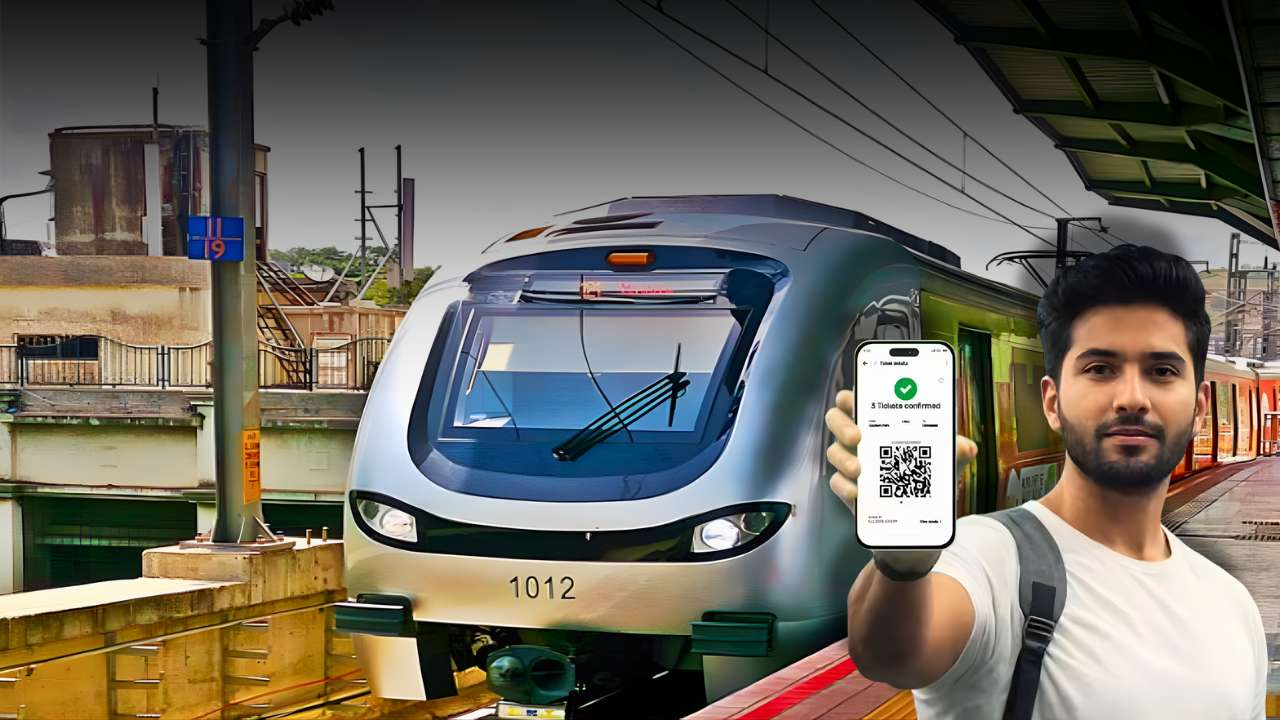Navi UPI has teamed up with ONDC to introduce a faster and smoother way for people to buy metro tickets across major Indian cities. With this new service, commuters in Delhi, Mumbai, and Bengaluru can now purchase QR-based metro tickets directly from the Navi app. The idea is simple: make metro travel stress-free, reduce waiting time, and encourage more people to use digital payments for their everyday journeys. This partnership brings a strong push to India’s digital mobility revolution by combining Navi’s easy payments system with ONDC’s growing open network.
How the QR Ticketing System Works
The new feature is designed to be simple enough for anyone to use. A commuter opens the Navi app and enters the starting station and the destination. The app then shows the cost of the ticket and offers the option to choose a single journey or a return journey. Once the user makes the payment through UPI, a QR ticket appears instantly on the screen. This QR code can be scanned directly at the metro gate, allowing the passenger to enter and exit without waiting in lines or handling paper tickets. The process takes only a few seconds and helps people save time during busy hours. By keeping everything inside one app, the experience becomes cleaner and easier, especially for riders who may not be comfortable with multiple metro apps.
Why This Partnership Matters for Millions
Metro systems in Indian cities are used by more than a hundred million people every day, and yet many commuters still depend on cash or physical tokens. This creates long queues and slows down movement during peak hours. Navi UPI and ONDC want to change this pattern by making digital ticketing more accessible. According to industry estimates, over 40 percent of metro users still rely on cash transactions. By offering a simple QR-based option within a familiar app, this partnership aims to bring more riders into the digital ecosystem. The move also supports India’s broader digital transformation goals by pushing for contactless mobility and encouraging people to adopt modern, hassle-free payment methods for their daily routines.
What Navi and ONDC Leaders Say
Leaders from both Navi and ONDC believe this collaboration marks an important leap for public transport convenience. Navi’s leadership has explained that their mission is to make everyday payments faster and simpler so that people can focus on what truly matters to them. They describe the new integration as a step toward seamless urban travel, where buying a metro ticket takes no more effort than sending a message. ONDC leaders also emphasise the strength of the open network model. With a single integration, Navi can now connect to multiple metro systems across cities without needing separate partnerships with each transport authority. This approach proves how open networks can build smarter and more connected digital services.
More Indian Cities to Join Soon
The QR-ticketing feature will not stop with Delhi, Mumbai, and Bengaluru. Navi plans to expand the service to Chennai, Hyderabad, and Kochi in the coming months. As more cities come onboard, metro ticketing will become unified and consistent for millions of travellers across India. This partnership is also part of ONDC’s larger vision of bringing transport, retail, logistics, and more under one open network. The goal is to make digital services available to everyone, everywhere, through apps they already know and trust. With this step, metro travel becomes easier not only for daily office-goers but also for students, families, and even children who want a simple way to move around their city. The future of metro travel in India is becoming faster, digital, and remarkably user-friendly.
